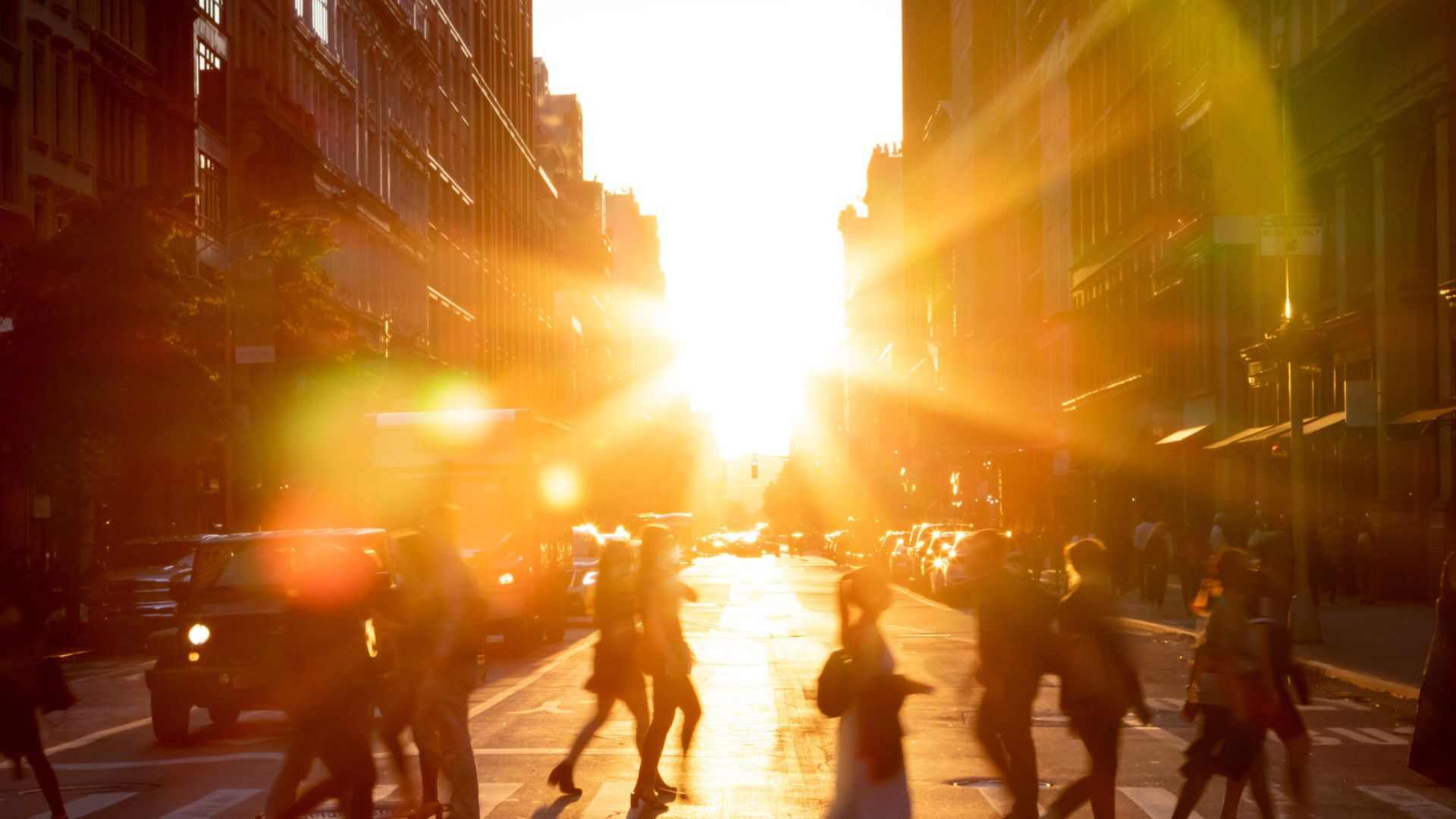As summer begins in the Northern Hemisphere, unprecedented heatwaves have already gripped vast regions, including the United States, Mexico, Europe, the Middle East, and South Asia. The extreme temperatures have led to more than a thousand deaths, urgent health warnings, and school closures.
July is historically the hottest month of the year, with temperatures regularly exceeding 40°C (104°F) in many parts of the Northern Hemisphere. According to the UN’s World Meteorological Organization (WMO), July 2023 was the warmest month ever recorded, likely the hottest for at least the past 120,000 years. This year is already on track to be one of the hottest in history.
The Earth’s 23.5-degree tilt on its axis as it orbits the sun results in varying amounts of sunlight at different times of the year, creating the changing seasons. Astronomical summer starts on the summer solstice, around June 20 or 21 in the Northern Hemisphere and December 21 or 22 in the Southern Hemisphere. This day marks the highest point of the sun in the sky at noon, leading to the longest day and shortest night of the year. The Tropic of Cancer, located 23.5 degrees above the equator, receives the most direct sunlight during this time.
With roughly 90 percent of the world’s population living in the Northern Hemisphere, these summer months bring more direct sunlight and longer daylight hours. In northernmost cities around the Arctic Circle, the phenomenon known as the midnight sun occurs, where the sun does not set between late May and late July. Conversely, these same locations experience a polar night during the winter months, with the sun remaining below the horizon from late November to late January.
During the summer months, the ground absorbs more of the sun’s energy, heating the surrounding air and leading to warmer temperatures. This process, known as seasonal lag, causes peak temperatures to occur in the afternoon rather than at midday. It also explains why July typically experiences the highest average temperatures, not June.
Understanding Heat Stroke and Staying Safe
Heat stroke is a severe medical condition that occurs when a body’s internal temperature exceeds 40°C (104°F). It can be life-threatening if not treated immediately. As temperatures soar, it is crucial to take steps to minimize the risk of heat stroke and stay cool. Here are seven tips to help you beat the heat:
- Wear Loose-Fitting, Lightweight Clothing: choose light-colored clothes that reflect, rather than absorb, the sun’s rays.
- Protect Against Sunburn: Use sunscreen with a high SPF, wear hats, and seek shade whenever possible.
- Drink Plenty of Fluids: Stay hydrated by drinking water regularly, avoiding excessive caffeine and alcohol.
- Never Leave Anyone in a Parked Car: The temperature inside a parked car can rise dramatically, posing severe risks.
- Take Extra Precautions with Certain Medications: Some medications can affect your body’s ability to regulate temperature. Consult your doctor for advice.
- Take It Easy During the Hottest Parts of the Day: Avoid strenuous activities during peak heat hours, typically from 10 am to 4 pm.
- Get Acclimated: Gradually increase your exposure to high temperatures to help your body adjust.
As global temperatures continue to rise, it is essential to stay informed and take proactive measures to protect yourself and your loved ones from the dangers of extreme heat. Stay cool, stay safe, and enjoy the summer responsibly.







